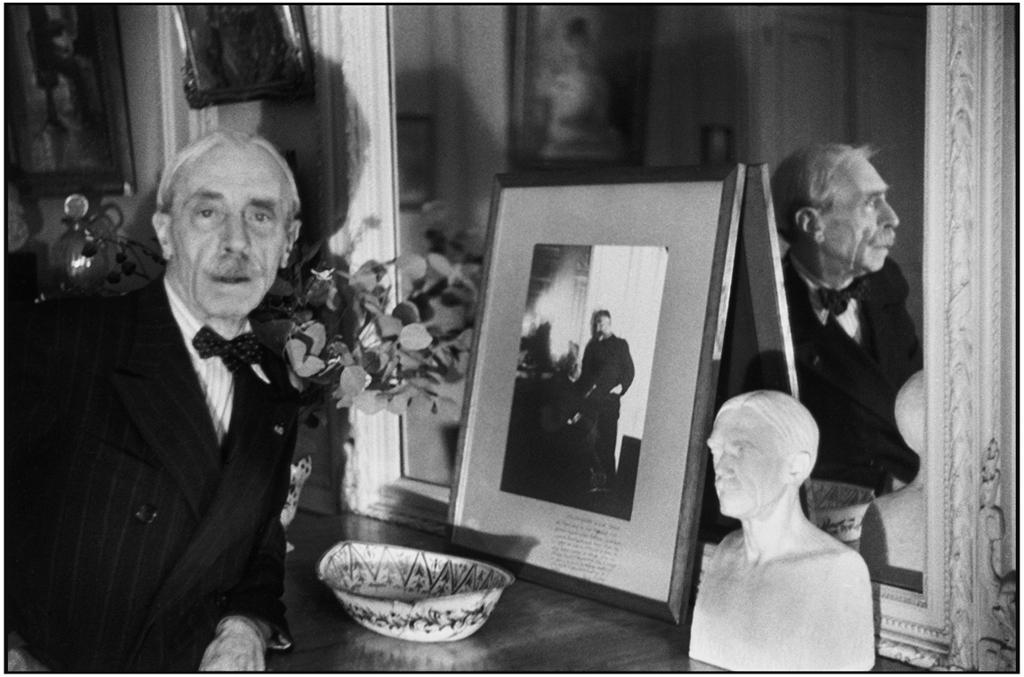
Response to Ashton, “Two Problems”
Cognitive scientists have found out quite a lot about the psychology of intention. We humans are intentional to our core. Do we come into the

Cognitive scientists have found out quite a lot about the psychology of intention. We humans are intentional to our core. Do we come into the

Poet and critic Paul Valéry held two strong and conflicting views of literary meaning. On the one hand, he affirmed his “verses have whatever meaning is given them.” And in a phrase that entered into the post-modern literary canon, he declared “Once a work is published its author’s interpretation of it has no more validity than anyone else’s.” On the other hand, he suggested that “One is led to a form by a desire to leave the smallest possible share to the reader.” Valéry’s career can be divided along these lines of anti-intentionality and intentionality. My larger claim is to show the primacy, or perhaps the invention of a dominant mode of twentieth- and twenty-first century thought.

nonsite.org is an online, open access, peer-reviewed quarterly journal of scholarship in the arts and humanities. nonsite.org is affiliated with Emory College of Arts and Sciences.